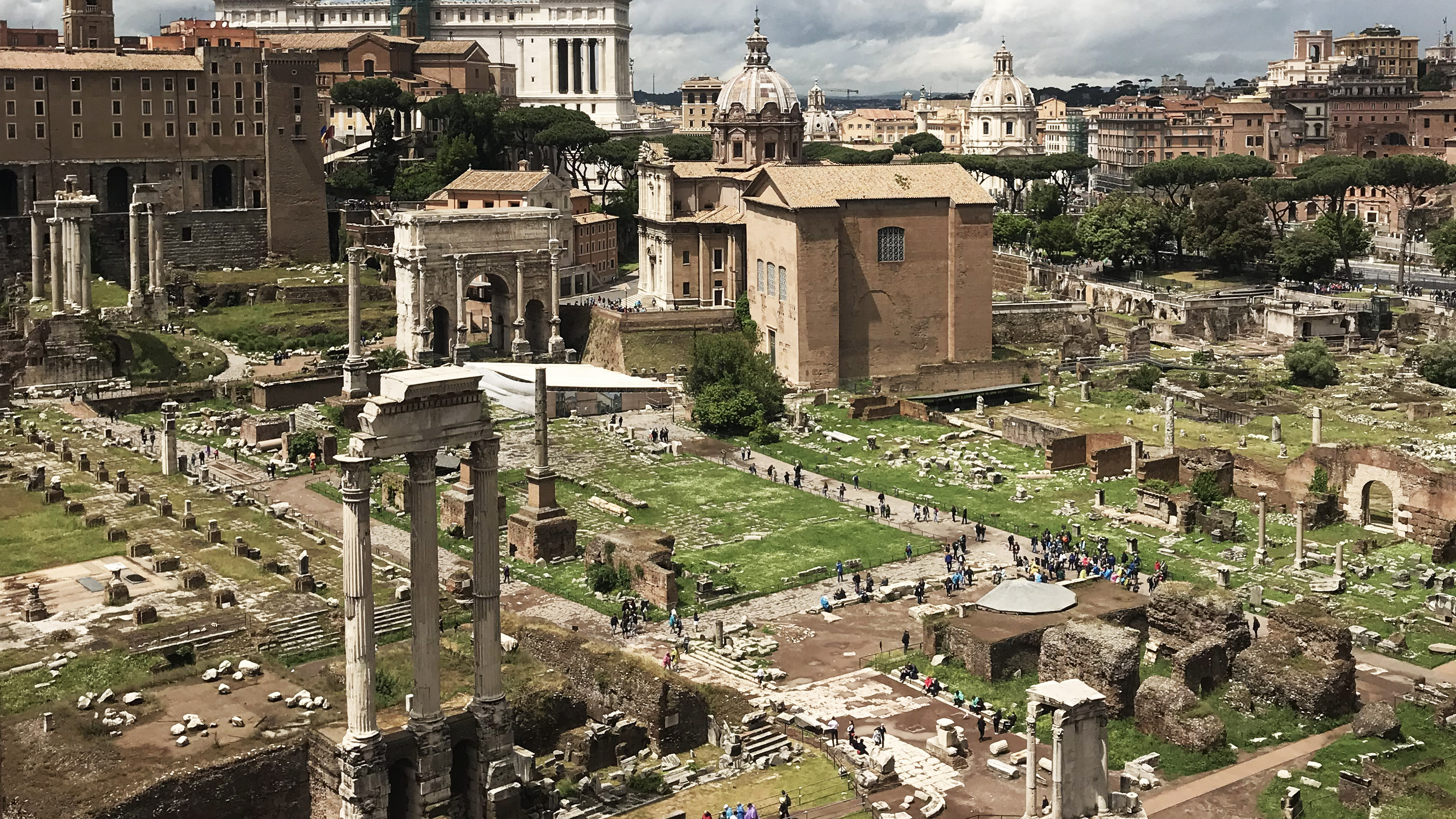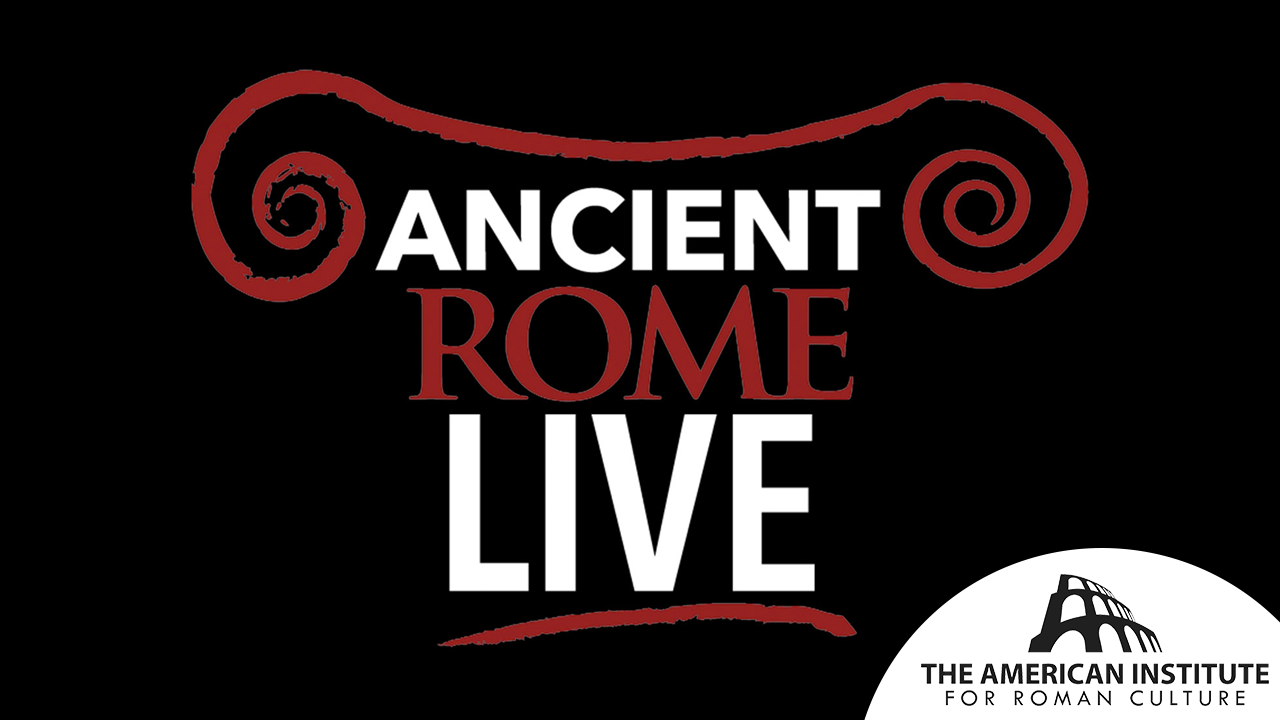The Regal Period in Rome denotes the initial phase of the city’s history, characterized by its legendary founding and the reign of seven kings. This era, enveloped in myth and historical conjecture, served as the basis for the Roman Republic and its subsequent empire. According to Roman mythology, Rome was established in 753 BCE by its first king, Romulus. Romulus and his twin brother Remus were reputedly nurtured by a she-wolf and eventually established a settlement on the Palatine Hill. This event marked the inception of the Regal Period, which persisted until 509 BCE when Tarquinius Superbus, the final king, was overthrown.
Throughout the Regal Period, Rome was governed by a succession of seven kings, each contributing to the city’s expansion and progress. The reigns of these kings, often veiled in myth and historical uncertainty, encompassed Romulus, Numa Pompilius, Tullus Hostilius, Ancus Marcius, Tarquinius Priscus, Servius Tullius, and Tarquinius Superbus. It was during this era that the term “civitas” encompassed the concept of a city-state or community. It referred to the organized political and social structure of the early Roman society. The civitas comprised the population of free citizens who were recognized as members of the city-state and had certain rights and responsibilities within the community.
One notable achievement of the Regal Period was the establishment of the Roman Forum (Forum Magnum), a central marketplace and public space that formed the core of political, commercial, and social activities in ancient Rome. During this era, the Forum Magnum began to take shape with the construction of temples, markets, and other civic structures. It would later evolve into a site of historical events and serve as the architectural nucleus of the Roman Republic and Empire. Additionally, significant architectural endeavors of the Regal Period included the construction of prominent structures such as the Temple of Jupiter Optimus Maximus and the Cloaca Maxima, an extensive sewer system that showcased the city’s advancing sophistication. These accomplishments underscored the early Romans’ aptitude for urban planning and engineering.
The Tiber River held great importance during the Regal Period, serving as both a natural barrier and a means of transportation. Rome’s strategic location along the Tiber granted it defensive advantages and facilitated trade and communication with neighboring settlements. Livy recounts several instances where the Tiber River played a pivotal role in Rome’s history, including the tale of Horatius Cocles defending the Pons Sublicius against Etruscan invaders.
Another notable construction project was the Servian Wall. The Servian Wall, traditionally attributed to King Servius Tullius, was a defensive fortification that encircled the city of Rome. This massive wall, built with the intention of protecting the growing city from external threats, played a crucial role in solidifying Rome’s defenses during this era.
In conclusion, the Regal Period in Rome remains a captivating and elusive epoch in the city’s history. While the accuracy of historical accounts remains a subject of ongoing debate, they offer valuable insights into the early foundations of Roman identity, urban development, and political institutions.
Sources:
- Cornell, T. J. (1995). “The Beginnings of Rome: Italy and Rome from the Bronze Age to the Punic Wars (C. 1000–264 BC).” Routledge.
- Livy. “The History of Rome.” Book 1-5.
- Forsythe, G. (2005). “A Critical History of Early Rome: From Prehistory to the First Punic War. University of California Press.
Read More
Romulus is a warrior king, who founds Rome and starts it on it’s martial path, warring with local towns and overseeing the Rape of the Sabine women, and the subsequent Rome-Sabine War, which sees the Lacus Curtius founding myth occur, as well as the story of the foundation of the Temple of Jupiter Stator.
In contrast, Numa is a king of peace and it is he who founded a lot of the religious cults, beliefs, acts, and festivals of Rome. These include the Vestal Virgins, the priestly colleges of the flamines, pontifices, Salii, and the fetiales, the Temple of Janus, and the cult of Terminus.
The third king, Tullius Hostilius was, like Romulus, a warrior king. His warlike nature sees the conquest of Veii and Fidenae happen under his rule, as well as the destruction of Alba Longa. Another key hero-myth from the time of Hostilius is the war with Alba Longa that sees the triplets from both sides, the Horatii and the Curiatii battle it out as champions for each side, rather than a full-fledged war. The main building project ascribed to Hostilius is the construction of the Curia Hostilia, the original Roman Senate House.
Ancus Marcius was the fourth king, and we are told he was a mix of warlike and peaceful. He defeated several Latin towns and settled their citizens, now citizens of Rome, on the Aventine Hill. He also incorporated the Janiculum into the city, connected it to the main city by building the Pons Sublicius, and also constructed Rome’s first prison, the Mamertine. It is also under Ancus Martius that Rome expands to the sea, and the port of Ostia is founded.
The fifth king was Lucius Tarquinius Priscus, and it is under him that the wars against the Latins, Sabines and Etruscans continued. If you visit the Musei Capitolini and find the Fasti Triumphales, you’ll most likely be able to find Tarquinius mentioned for his victories against these groups. We also associate the expansion of the Senate to 300 members to Tarquinius. Perhaps his most lasting legacy though, is his building projects. According to the sources, Tarquinius built the Circus Maximus, the Cloaca Maxima, and began construction of the Temple of Jupiter Optimus Maximus on the Capitoline Hill.
Servius Tullius was the second Etruscan king, after Tarquinius the Elder. The penultimate king of Rome, it is Tullius that we ascribe the building of the Servian Wall to, this is despite the blocks being made of ‘grotta oscura’ tuff that was not mined from Veii until the 4th century. His other building works include the foundation of the Temple of Diana on the Aventine, Temples to Fortuna Primigenia and Fortuna Obsequens. He also expanded the city to include the Quirinal, Viminal and Esquiline Hills, founded the Compitalia festival, established the census, and like his predecessors, had military success against the Etruscans and Veii.
The last king, Tarquinius Superbus, seized power through overthrowing Servius Tullius, and then ruled rather harshly by all accounts. He took up arms against plenty of local cities, including Gabii, though he did renew the peace between Rome and the Etruscans. He finished the Temple of Jupiter Optimus Maximus, and continued work on the Circus Maximus and Cloaca Maxima. It is in the reign of Tarquinius that the Sibylline Books are offered to him, but he refuses due to the cost, this results in 6 of them being destroyed before he relents and purchases the last three. Tarquinius is overthrown in 509 BC due to the Rape of Lucretia by his son, and then spends years trying to reconquer Rome, which lends rise to the hero-story of Horatius at the Bridge, and the Battle of Lake Regillus.
Explore further:
This content is brought to you by The American Institute for Roman Culture, a 501(C)3 US Non-Profit Organization.
Please support our mission to aid learning and understanding of ancient Rome through free-to-access content by donating today.
Cite This Page
Cite this page as: Darius Arya, The American Institute for Roman Culture, “Regal Period” Ancient Rome Live. Last modified 03/22/2022. https://ancientromelive.org/regal-period/
License
Created by The American Institute of Roman Culture, published on 10/24/2019 under the following license: Creative Commons: Attribution-NonCommercial-ShareAlike. This license lets others remix, tweak, and build upon this content non-commercially, as long as they credit the author and license their new creations under the identical terms. Please note that content linked from this page may have different licensing terms.



